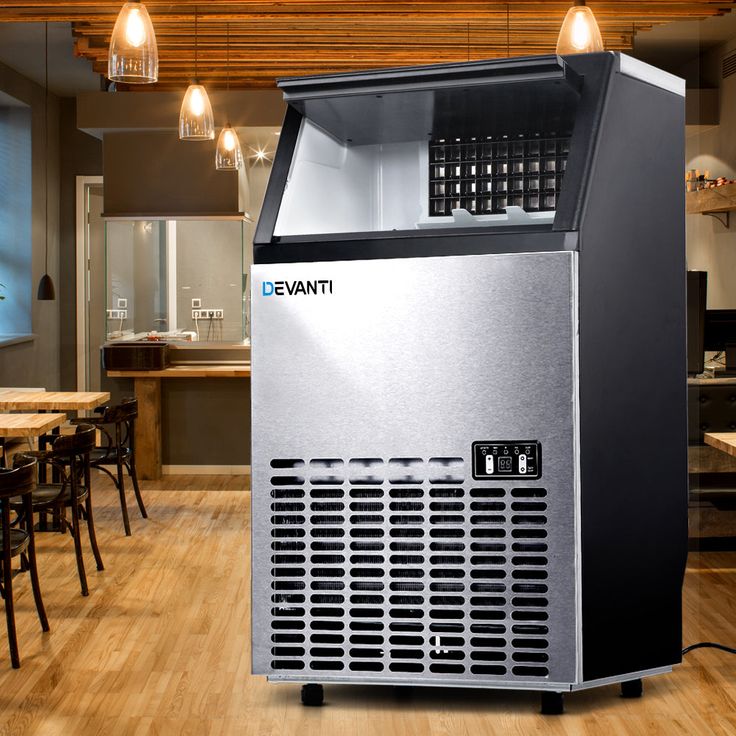In the world of compact living, every design detail that offers flexibility is a significant advantage. For compact refrigerators, one such feature that often goes unnoticed until it’s critically needed is a reversible door hinge. This ingenious design allows you to change the direction the refrigerator door opens, transforming its placement possibilities and making it an ideal choice for dorm rooms, small apartments, offices, or any space where traditional door swings might create an obstruction.
The Problem with Fixed Door Swings
Imagine trying to place a compact refrigerator in a tight corner, only to find that its door swings open into a wall, a piece of furniture, or a high-traffic walkway. This common frustration can limit your layout options, make accessing contents difficult, and even pose a safety hazard. Fixed door swings force you to adapt your space to the appliance, rather than the other way around.
The Solution: Reversible Door Hinges
A reversible door hinge solves this problem by allowing you to reconfigure the door to open from either the left or the right side. This means:
- Unrestricted Placement: You can position the refrigerator in virtually any corner or against any wall without worrying about the door swing being an issue.
- Optimized Flow: Ensures that the door opens away from high-traffic areas, maintaining clear pathways and preventing accidental bumps.
- Enhanced Accessibility: Makes it easier to open the door fully and access all contents, even in cramped quarters.
- Future Flexibility: If you move to a new space or rearrange your current one, your refrigerator can adapt to the new layout.
- Improved Aesthetics: A door that opens correctly for its location contributes to a more organized and thoughtful space design.
How Reversible Doors Work
The process of reversing a compact refrigerator door typically involves:
- Unplugging the Unit: Always ensure the appliance is unplugged for safety.
- Removing Hinge Covers and Screws: Unscrew the top hinge, remove the door, and then unscrew the bottom hinge.
- Transferring Components: Move the hinge pins, covers, and sometimes the door handle to the corresponding holes on the opposite side of the refrigerator.
- Reattaching the Door: Secure the door to the new hinge positions.
While it requires a bit of DIY effort, most manufacturers provide clear instructions in their manuals, and the process is generally straightforward, requiring only basic tools.
Key Features to Look for Beyond Reversibility
When choosing a compact refrigerator with a reversible door, consider these other important features:
- Capacity (Cubic Feet): Select a size appropriate for your needs, whether it’s for drinks and snacks (1.6-2.5 cu. ft.) or more substantial food storage (3.0-4.5 cu. ft.).
- Freezer Compartment: Decide if you need a true freezer section (with a separate door) or if an all-refrigerator model is sufficient.
- Noise Level: Especially important for bedrooms or offices. Look for models with low decibel (dB) ratings or quiet compressor technology.
- Energy Efficiency (ENERGY STAR® Certified): An energy-efficient model will save on utility bills regardless of its door swing.
- Adjustable Shelving: Complements the flexible door by allowing you to customize the interior layout for various items.
- Aesthetics: Choose a finish (e.g., black, white, stainless steel) and style that matches your existing decor.
Ideal Users for Reversible Door Fridges
Compact refrigerators with reversible doors are particularly beneficial for:
- Dorm Room Students: Maximizing space in often awkward layouts.
- Small Apartment/Studio Dwellers: Offering flexibility in tight kitchenettes or living areas.
- Home Office Users: Ensuring the fridge fits seamlessly into a productive workspace.
- Anyone with Limited or Changing Space: Provides peace of mind that the appliance will adapt to future needs.
Conclusion
A compact refrigerator with a reversible door hinge is a smart and practical investment for anyone navigating the challenges of small spaces. This simple yet powerful feature significantly enhances placement flexibility, improves accessibility, and contributes to a more organized and functional environment. By prioritizing this design detail, alongside other essential features, you can choose a mini-fridge that truly adapts to your life, rather than forcing your life to adapt to it.


